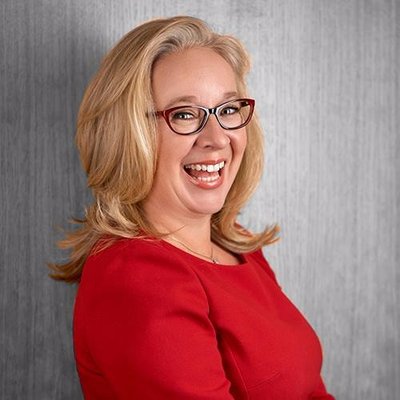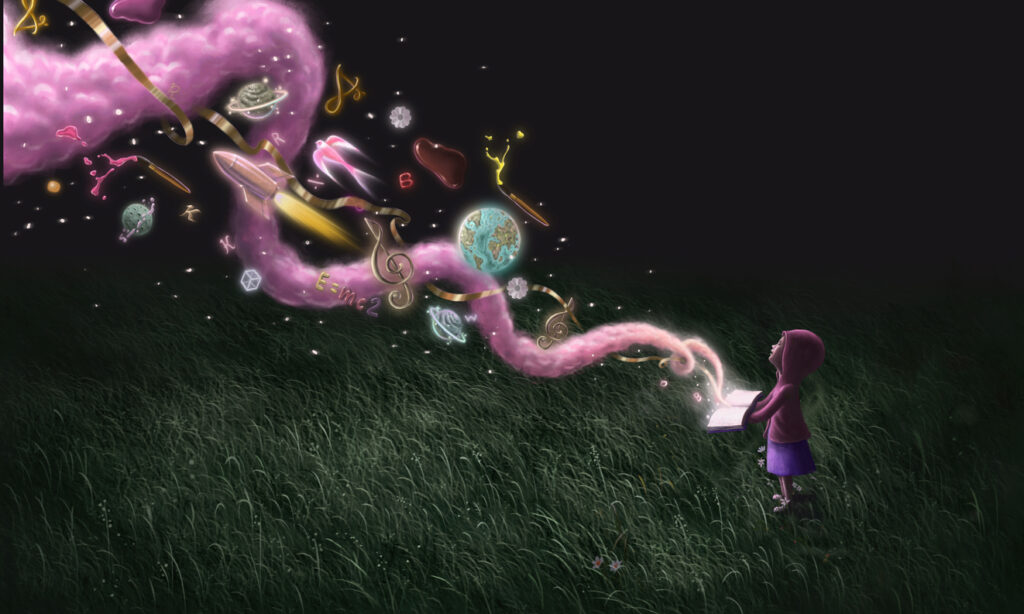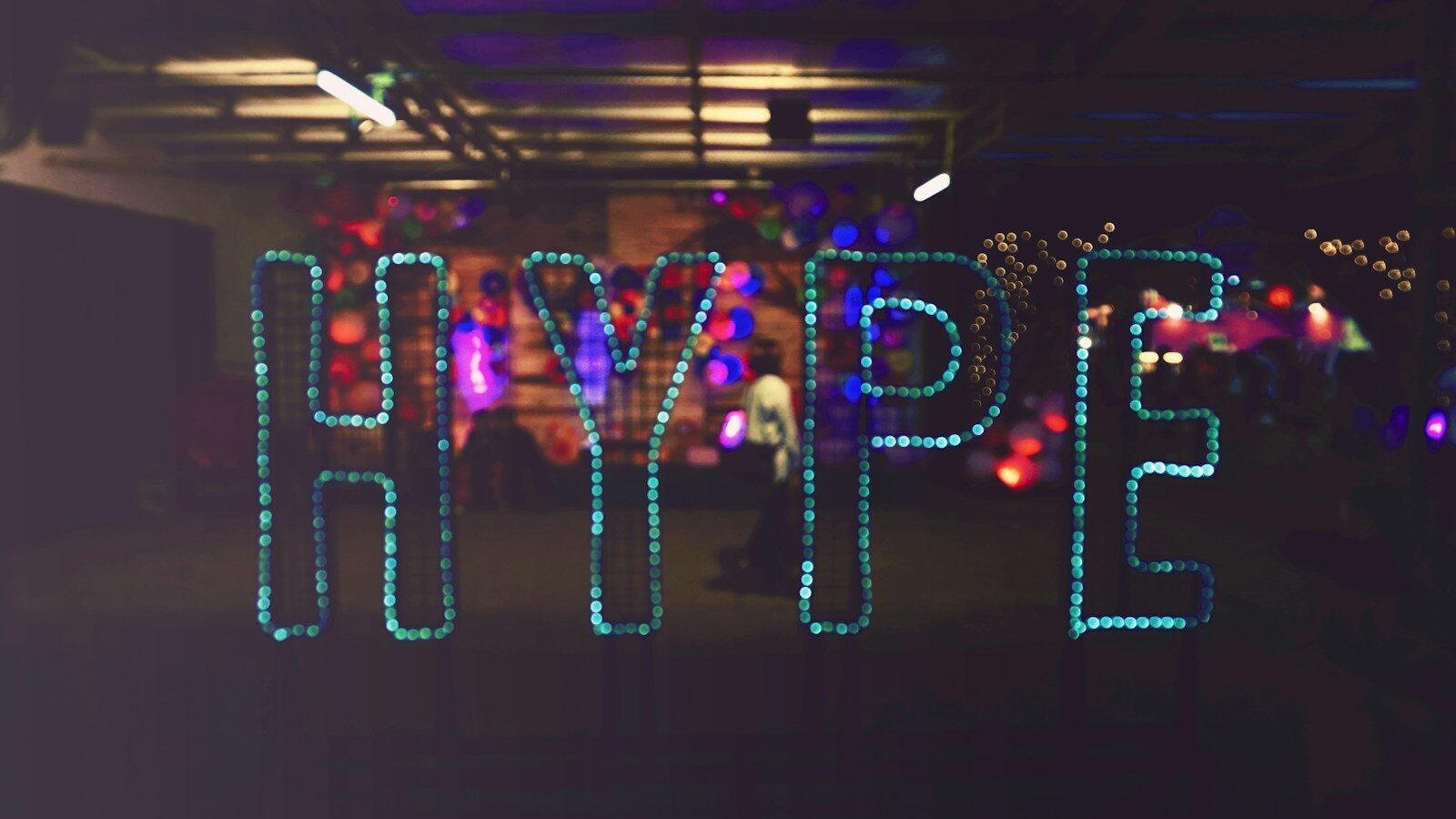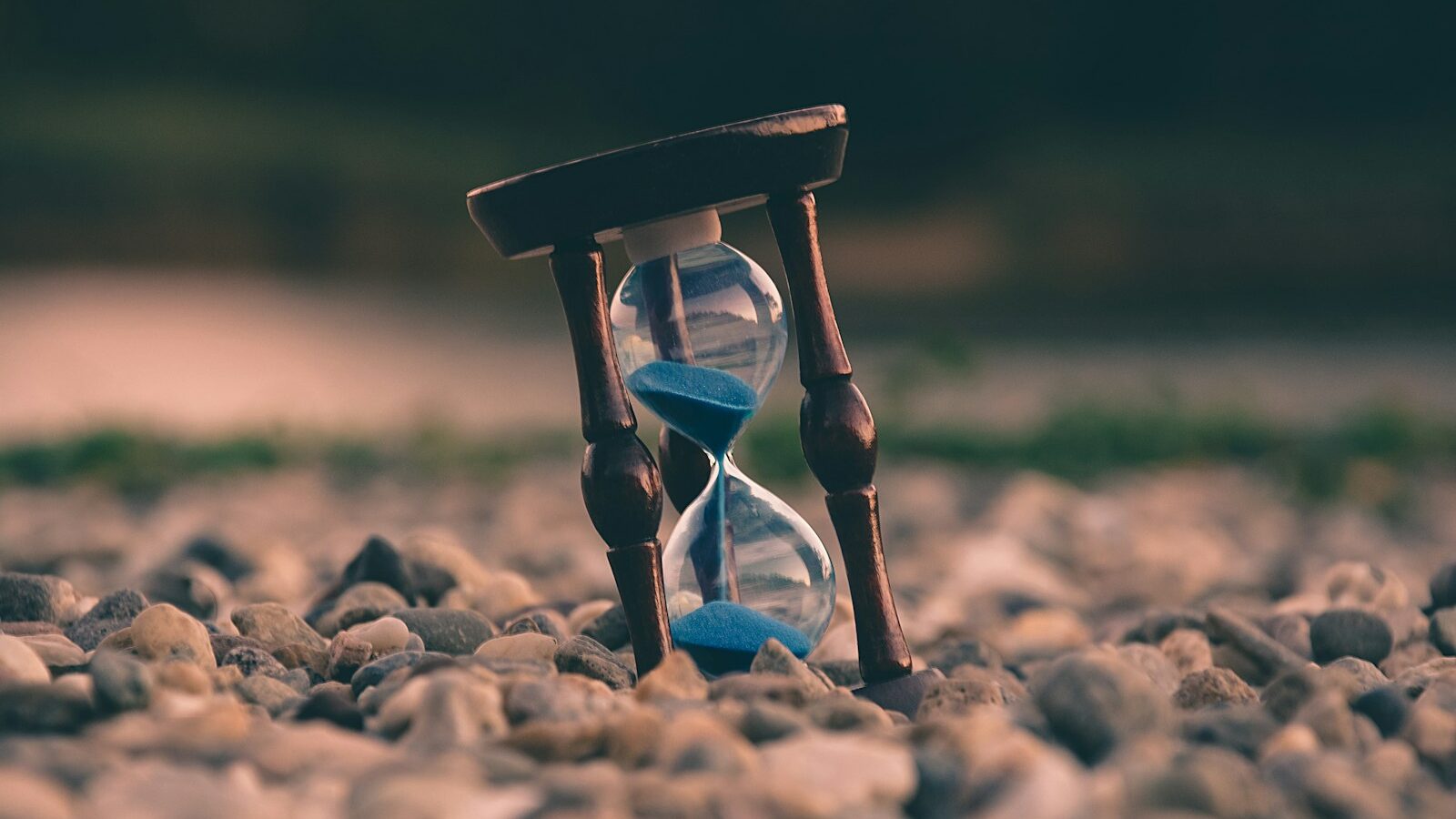Two years ago the way we lived, worked, and learned was turned upside down. We were in the grip of disruption. No precedents had been set, we all just rolled our sleeves up. We made bold decisions, fast. We did our best.
Bold action involved risk, it took us out of our comfort zone into new spaces where we either survived or thrived. That period of pandemic craziness kick-started a new journey of discovery for me that is continuing today.
The quest? How can L&D not only survive disruption but emerge stronger from it? And it started a journey that I continue to share with some intrepid explorers from around the globe!
Together we shared our collective experiences through a series of webinars, round tables, and masterclasses
The start of a journey of discovery
Back in June 2020, Michelle Ockers invited me and Shannon Tipton to co-host a series of interviews for her Learning Uncut podcast to explore our response to disruption and how we might emerge stronger from it. 30 incredible practitioners and thinkers joined the early journey, working out loud as they shared their experiences.
Patterns began to surface from those interviews. It was clear that those thriving through disruption viewed their circumstances in a way that turned their challenges into opportunities. Specifically, they were using four major lenses to see things differently.
Looking through the data lens helped them reprioritise, the community lens surfaced ways to reconnect, the technology lens helped to reinvent (not just to repurpose), and the experiment lens opened the opportunity to seize the moment and re-energise. It was also clear that the attitude and thinking habits of these pioneers also steered their approach to disruption and the choices that they made during this time.
Following this initial journey, we were then joined by over 200 L&D professionals and partners from around the globe as we looked through these lenses at the world around us. Together we shared our collective experiences through a series of webinars, round tables, and masterclasses.
The irony of running a ‘masterclass’ on how to emerge stronger through disruption was not lost on any of us. Our circumstances were completely unknown, no one had been through a pandemic before, let alone emerge stronger from it! Those intrepid souls who joined the journey took up the challenge to think differently, look at opportunities differently, experiment and grow.
Lessons learned ….so far!
Two years on, it is time to pause and reflect on the journey. These are just eight lessons that I have personally learned so far about what it takes to become a smart, bold L&D professional.
Lesson 1: Use different lenses to help us see things differently
Providing ourselves with the lenses (tools) and permission to look at our circumstances differently creates opportunity. Rather than being constrained by disruption, our cohorts started to use the lenses to identify and test new ways to explore coaching, onboarding, remote working, and a plethora of initiatives to help their organisations become equipped and ready.
Lesson 2: Don’t underestimate yourself
Our organisational development colleagues are very familiar with the ‘use of self’ concept. Our attitudes and very presence impact the outcome of our work. Awareness of how we bring ourselves into the room determines how we read and work the room.
Through our conversations, we observed five professional thinking habits that influence our approach to work and response to disruption. Identifying the current thinking habits that underpin our professional behaviour is a start. Using that personal awareness to build new habits takes time and encouragement. But the shift is worth it, and we found that they became an essential element for building the courage and confidence needed to work differently.
L&D professional thinking habits
Lesson 3: Treat data as a mentor
One of the things that I have observed in general is L&D’s current and relentless focus on data – how to get it and how to analyse it. Don’t get me wrong, I know that data is one of our power tools. But data is just information, it’s not insight.
We found that when we consider data as a lens that we use to inform and support our decisions, our focus shifts to the outcomes vs the inputs. Data, from a wide variety of sources, then take on a role of a mentor, informing and guiding the way we connect, design, and improve.
We were fortunate enough to work with external partners who brought fresh perspectives to our thinking and to stimulate curiosity
Lesson 4: Cultivate curiosity by bringing the outside in
The common characteristic of our fellow travellers was curiosity. In a time of total disruption, we were willing to broaden our horizons and connections to find a path. A critical element of our journey involved bringing the outside in. We were fortunate enough to work with external partners who brought fresh perspectives to our thinking and to stimulate curiosity.
Partners such as Blinkist, Go1Model thinkers, and Redthread research also provided access to current business thinking, mental models, and research assets to help us proactively target our curiosity. Embracing ideas from the outside world created breakthrough moments – fresh thinking that we could convert into action!
Lesson 5: Be open to insight from unexpected connections
Our masterclass and roundtable participants were curious but also committed to taking bold action that delivered impact. They came from all backgrounds and time zones. It made for logistical challenges but opened the door to creative contributions!
Some were new in the industry and others were regular speakers on the conference circuit. They represented the private, public, and not-for-profit sectors. Some were from big global institutions and others from nippy start-ups and scale-ups. We each brought our work projects and challenges and used the lenses to explore new ways of working.
Some were initially intimidated by their peers, but the lenses offered an opportunity for each to provide insight or a breakthrough moment in each other’s work. Everyone’s contribution was valid- this was the community lens in action.
Lesson 6: Embrace the mess
We used a worked example in our masterclass to practice seeing things differently – it always helps to explore someone else’s problem first in order to embed new ideas. Many thought that the case we had chosen was unrealistic and complex and that no organisation would work in that way.
The case was lifted directly from one of Michelle’s podcasts but anonymised for the class. What’s more the L&D leader from that organisation joined the class anonymously to listen to the findings and often took something new away.
The fact is that all of our situations are messy and complex, there often isn’t a single perfect route through, despite what we hear at conferences. Embracing the mess vs fighting creates the opportunity for breakthrough and releases us to explore several avenues of action. Complexity and mess provide us with permission to adapt and experiment – let’s use it!
Lesson 7: To improve impact, stop preoccupation with proving your worth
Decades of research with high-performing L&D teams had already ingrained in me a ‘business first’ mentality. To add value, L&D have to prioritise business outcomes!
The trouble is, focusing on a business need brings exposure and risk. Our tendency in risky moments is to jump to a solution that we think will work. When we do that, we have an overriding ‘need’ to prove that solution is right and we’re shackled from the start.
I observed that working with the experiment lens can release us from the burden of proof at the early stages of identifying the right intervention. If we let it! Small experiments that go wrong are brilliant. They provide essential data that paves the way for getting it right.
Lesson 8: Build your safety net
What does it take for you to feel bold? Fully aware of the influence of our thoughts and feelings on behaviour, this was a question that we asked a year into our journey. The answers varied. Having a firm ‘north star’, using evidence to create confidence, permission to fail, guidance by mentors, and support from peers all contributed to how bold we felt.
As we journeyed together, all of these elements started to interlink to create a safety net across the community to enable us to think bold, feel bold and act bold, the ingredients of emerging stronger.
Our core ability as learning professionals is to embrace change, spot opportunity, let go and take smart bold action that delivers impact
And now?
When Michelle, Shannon and I started the podcast series in mid-2020, we did not imagine we would still be journeying together. We’ve realised our ability to emerge stronger isn’t a knee-jerk response to the pandemic. Our core ability as learning professionals is to embrace change, spot opportunity, let go and take smart bold action that delivers impact.
These are the lessons I’ve learned from the process so far…and I remain curious as there are plenty more to come!
Interested in this topic? Read The L&D performance imperative.
Two years ago the way we lived, worked, and learned was turned upside down. We were in the grip of disruption. No precedents had been set, we all just rolled our sleeves up. We made bold decisions, fast. We did our best.
Bold action involved risk, it took us out of our comfort zone into new spaces where we either survived or thrived. That period of pandemic craziness kick-started a new journey of discovery for me that is continuing today.
The quest? How can L&D not only survive disruption but emerge stronger from it? And it started a journey that I continue to share with some intrepid explorers from around the globe!
Together we shared our collective experiences through a series of webinars, round tables, and masterclasses
The start of a journey of discovery
Back in June 2020, Michelle Ockers invited me and Shannon Tipton to co-host a series of interviews for her Learning Uncut podcast to explore our response to disruption and how we might emerge stronger from it. 30 incredible practitioners and thinkers joined the early journey, working out loud as they shared their experiences.
Patterns began to surface from those interviews. It was clear that those thriving through disruption viewed their circumstances in a way that turned their challenges into opportunities. Specifically, they were using four major lenses to see things differently.
Looking through the data lens helped them reprioritise, the community lens surfaced ways to reconnect, the technology lens helped to reinvent (not just to repurpose), and the experiment lens opened the opportunity to seize the moment and re-energise. It was also clear that the attitude and thinking habits of these pioneers also steered their approach to disruption and the choices that they made during this time.
Following this initial journey, we were then joined by over 200 L&D professionals and partners from around the globe as we looked through these lenses at the world around us. Together we shared our collective experiences through a series of webinars, round tables, and masterclasses.
The irony of running a ‘masterclass’ on how to emerge stronger through disruption was not lost on any of us. Our circumstances were completely unknown, no one had been through a pandemic before, let alone emerge stronger from it! Those intrepid souls who joined the journey took up the challenge to think differently, look at opportunities differently, experiment and grow.
Lessons learned ….so far!
Two years on, it is time to pause and reflect on the journey. These are just eight lessons that I have personally learned so far about what it takes to become a smart, bold L&D professional.
Lesson 1: Use different lenses to help us see things differently
Providing ourselves with the lenses (tools) and permission to look at our circumstances differently creates opportunity. Rather than being constrained by disruption, our cohorts started to use the lenses to identify and test new ways to explore coaching, onboarding, remote working, and a plethora of initiatives to help their organisations become equipped and ready.
Lesson 2: Don’t underestimate yourself
Our organisational development colleagues are very familiar with the 'use of self’ concept. Our attitudes and very presence impact the outcome of our work. Awareness of how we bring ourselves into the room determines how we read and work the room.
Through our conversations, we observed five professional thinking habits that influence our approach to work and response to disruption. Identifying the current thinking habits that underpin our professional behaviour is a start. Using that personal awareness to build new habits takes time and encouragement. But the shift is worth it, and we found that they became an essential element for building the courage and confidence needed to work differently.
L&D professional thinking habits
Lesson 3: Treat data as a mentor
One of the things that I have observed in general is L&D’s current and relentless focus on data – how to get it and how to analyse it. Don’t get me wrong, I know that data is one of our power tools. But data is just information, it’s not insight.
We found that when we consider data as a lens that we use to inform and support our decisions, our focus shifts to the outcomes vs the inputs. Data, from a wide variety of sources, then take on a role of a mentor, informing and guiding the way we connect, design, and improve.
We were fortunate enough to work with external partners who brought fresh perspectives to our thinking and to stimulate curiosity
Lesson 4: Cultivate curiosity by bringing the outside in
The common characteristic of our fellow travellers was curiosity. In a time of total disruption, we were willing to broaden our horizons and connections to find a path. A critical element of our journey involved bringing the outside in. We were fortunate enough to work with external partners who brought fresh perspectives to our thinking and to stimulate curiosity.
Partners such as Blinkist, Go1Model thinkers, and Redthread research also provided access to current business thinking, mental models, and research assets to help us proactively target our curiosity. Embracing ideas from the outside world created breakthrough moments – fresh thinking that we could convert into action!
Lesson 5: Be open to insight from unexpected connections
Our masterclass and roundtable participants were curious but also committed to taking bold action that delivered impact. They came from all backgrounds and time zones. It made for logistical challenges but opened the door to creative contributions!
Some were new in the industry and others were regular speakers on the conference circuit. They represented the private, public, and not-for-profit sectors. Some were from big global institutions and others from nippy start-ups and scale-ups. We each brought our work projects and challenges and used the lenses to explore new ways of working.
Some were initially intimidated by their peers, but the lenses offered an opportunity for each to provide insight or a breakthrough moment in each other’s work. Everyone’s contribution was valid- this was the community lens in action.
Lesson 6: Embrace the mess
We used a worked example in our masterclass to practice seeing things differently – it always helps to explore someone else’s problem first in order to embed new ideas. Many thought that the case we had chosen was unrealistic and complex and that no organisation would work in that way.
The case was lifted directly from one of Michelle’s podcasts but anonymised for the class. What’s more the L&D leader from that organisation joined the class anonymously to listen to the findings and often took something new away.
The fact is that all of our situations are messy and complex, there often isn’t a single perfect route through, despite what we hear at conferences. Embracing the mess vs fighting creates the opportunity for breakthrough and releases us to explore several avenues of action. Complexity and mess provide us with permission to adapt and experiment – let’s use it!
Lesson 7: To improve impact, stop preoccupation with proving your worth
Decades of research with high-performing L&D teams had already ingrained in me a ‘business first’ mentality. To add value, L&D have to prioritise business outcomes!
The trouble is, focusing on a business need brings exposure and risk. Our tendency in risky moments is to jump to a solution that we think will work. When we do that, we have an overriding ‘need’ to prove that solution is right and we’re shackled from the start.
I observed that working with the experiment lens can release us from the burden of proof at the early stages of identifying the right intervention. If we let it! Small experiments that go wrong are brilliant. They provide essential data that paves the way for getting it right.
Lesson 8: Build your safety net
What does it take for you to feel bold? Fully aware of the influence of our thoughts and feelings on behaviour, this was a question that we asked a year into our journey. The answers varied. Having a firm ‘north star’, using evidence to create confidence, permission to fail, guidance by mentors, and support from peers all contributed to how bold we felt.
As we journeyed together, all of these elements started to interlink to create a safety net across the community to enable us to think bold, feel bold and act bold, the ingredients of emerging stronger.
Our core ability as learning professionals is to embrace change, spot opportunity, let go and take smart bold action that delivers impact
And now?
When Michelle, Shannon and I started the podcast series in mid-2020, we did not imagine we would still be journeying together. We’ve realised our ability to emerge stronger isn’t a knee-jerk response to the pandemic. Our core ability as learning professionals is to embrace change, spot opportunity, let go and take smart bold action that delivers impact.
These are the lessons I’ve learned from the process so far…and I remain curious as there are plenty more to come!








